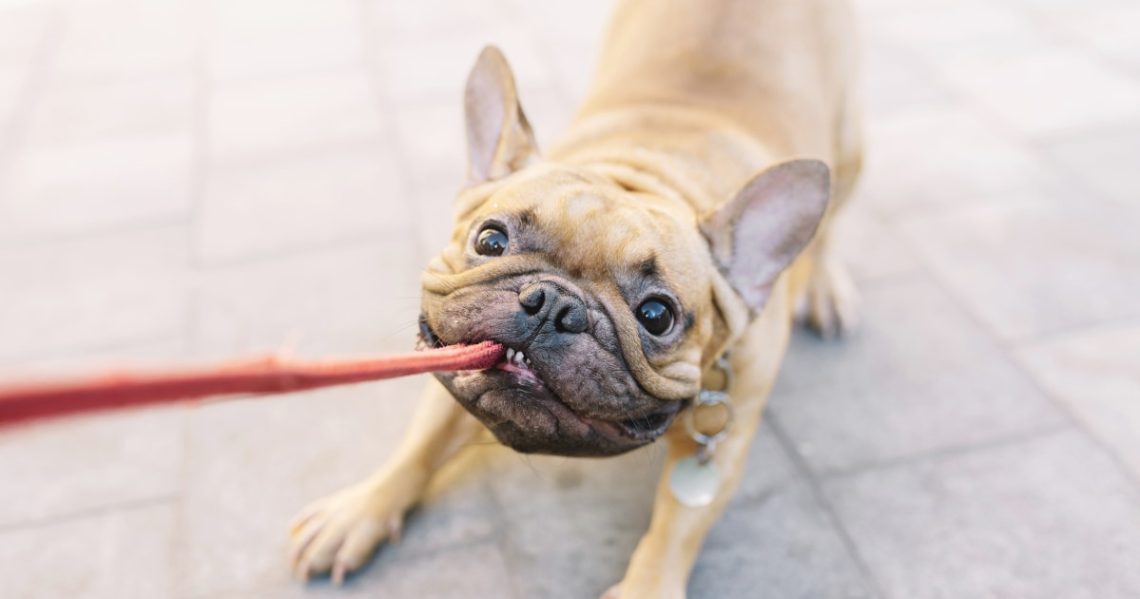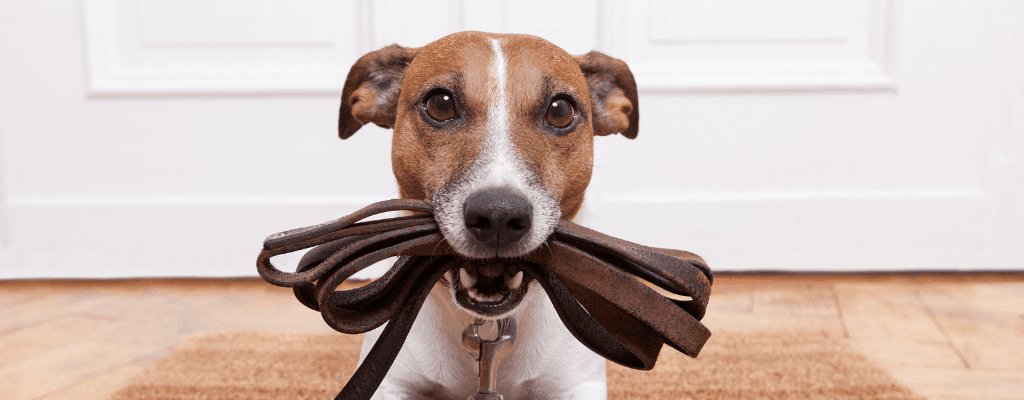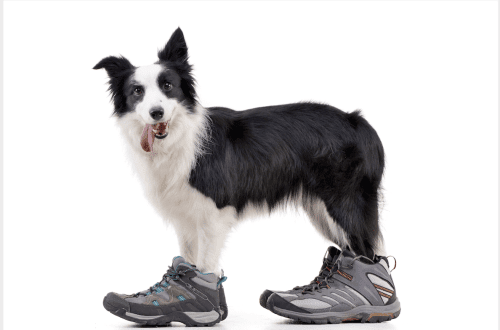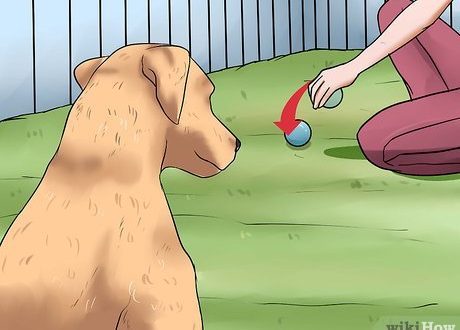
How to wean a dog from pulling on a leash: tips from Emily Larham
Walking on a tight leash is not comfortable. The owners get angry, pull the dogs, they begin to pull even more. Walks are shortened, and dogs that don’t get enough movement and experience get more and more motivated to pull. Vicious circle. Can it be broken?
The famous trainer Emily Larham answers this question in the affirmative.
When you follow a dog that is pulling you on a leash, you are actually teaching him to pull. This is because the dog is getting a giant reinforcement: he wants to move forward, and you move.

However, a tight leash creates discomfort not only for the owner. To be honest, dogs on a tight leash are also very uncomfortable. Dogs that pull on the leash often also have problems with overexcitation and an inability to deal with it, resulting in them barking and lunging at people or other dogs. Walking on a slack leash, on the other hand, teaches the dog to control his impulses and behave calmly and relaxed.
One of the exercises looks like this. Throw a treat on the ground and give your dog a good behavior marker. And keep moving on. The dog will eat the treat and follow you. Before he even comes close to you, again give the correct behavior marker and throw the treat where you want the dog to ideally be – near your leg, for example. Do this over and over again and you will see that the dog will pull less and pay more attention to you.
When the leash is tight, another exercise will help. Stop and wait until the dog looks back at you. At this point, call her to you by patting your leg with your hand and take a couple of steps back. As soon as the dog runs up to you, continue moving in the same direction – this will be a reinforcement for the dog.

Another technique is that as soon as the leash is taut, you turn around and move in the opposite direction.
Don’t forget to give the correct behavior marker and reward the dog when he moves on a slack leash.
Practice stopping. While you are standing and the dog is standing next to you, give the correct behavior marker and reinforce the pet.
Don’t go for a regular walk where the dog is used to pulling. Instead, first practice walking back and forth on the same route in familiar places.
It is important to observe the following rules:
- Exercise only works if the dog walks enough. If the need for walking is not satisfied, it is difficult for you to count on success.
- Train at first at home and in quiet places where there are few irritants and the chances of success are high. The requirements are increasing gradually. Then, even in more difficult conditions, it will be easier for the dog to remain attentive to you.
- Change directions frequently and generally be less predictable for your dog on walks. This will increase the motivation to follow you. In addition, the dog will not know which direction you will choose next, which means it will reduce the motivation to pull you forward.





